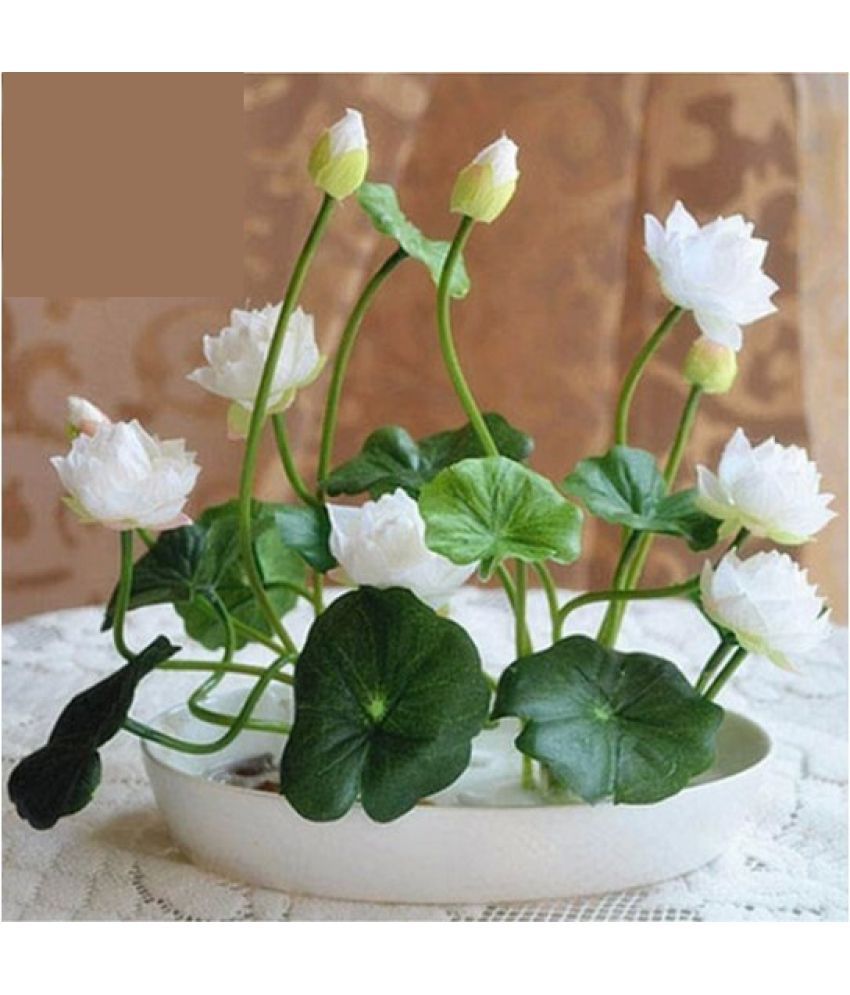Something went wrong. Please refresh the page and try again.
Something went wrong. Please refresh the page and try again.
Something went wrong. Please refresh the page and try again.
Something went wrong. Please refresh the page and try again.

Generally delivered in 6 - 10 days
Airex Lotus Flower Seeds (6 + 6 in 2 Packets) + Instruction Manual
Rs. 134